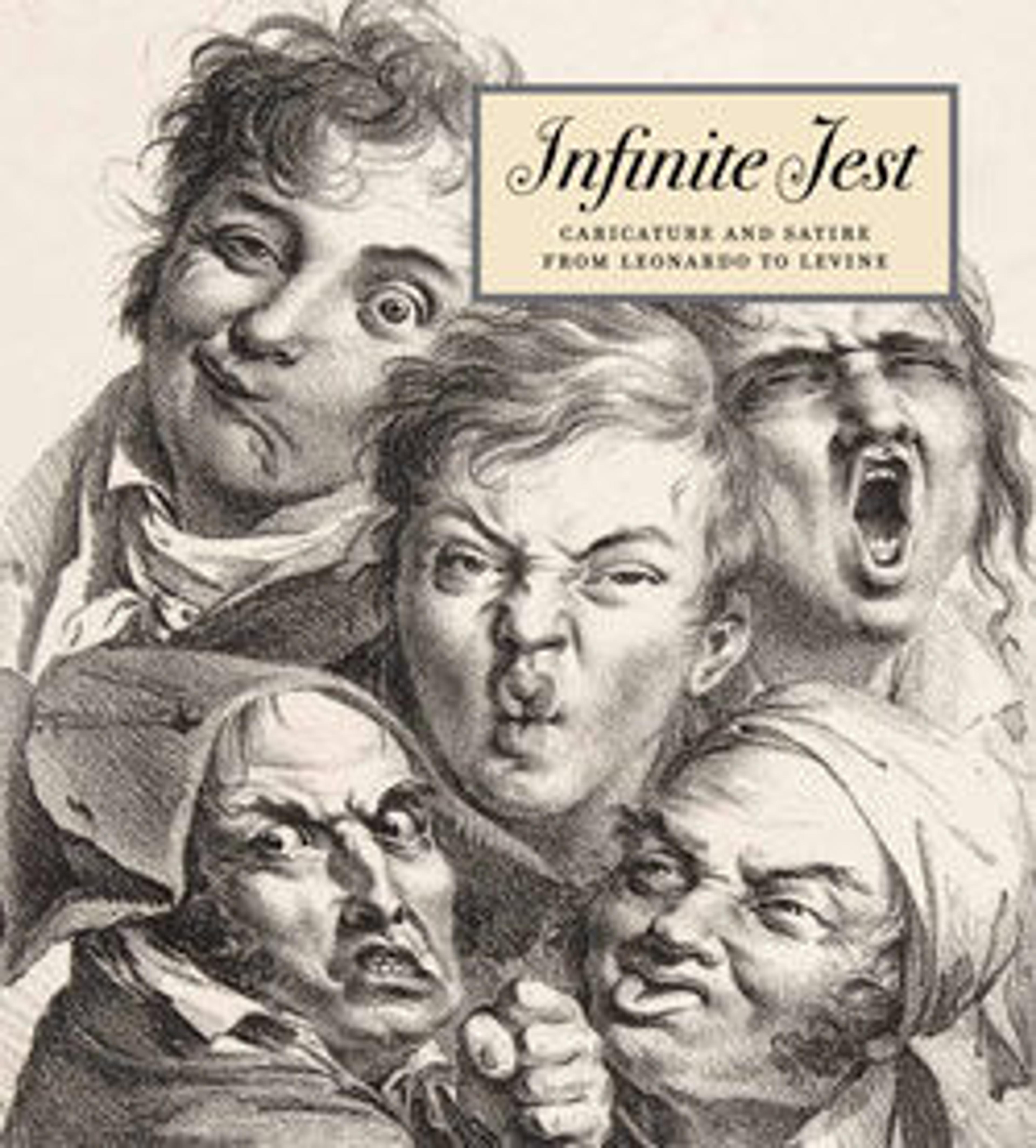French Liberty – British Slavery
A tattered Frenchman warms his feet at a meager fire while dining on raw scallions and live snails. Deluded and nearing starvation, he declares that Liberté has turned France into a paradise flowing with milk and honey. In an adjacent panel, a portly, well-dressed Briton enjoys beef and ale while complaining about taxes. Gillray here employs the imagery of consumption to contrast the political realities governing France and Britain at the end of 1792. France had recently been declared a Republic and King Louis XVI imprisoned (he would be guillotined on January 21, 1793). Gillray’s Frenchman is a literal sans-culotte ("no-britches"), the nickname applied to the ruling radicals who eschewed aristocratic knee-britches for proletarian trousers. His grotesque figure embodies both the food shortages ravaging Paris and the political mindset that mistook the system established by the Assemblée Nationale for true liberty.
Artwork Details
- Title:French Liberty – British Slavery
- Artist:James Gillray (British, London 1756–1815 London)
- Publisher:Hannah Humphrey (British, ca. 1745–1819)
- Date:December 21, 1792
- Medium:Hand-colored etching
- Dimensions:plate: 9 13/16 x 14 in. (24.9 x 35.5 cm)
sheet: 10 9/16 x 14 1/2 in. (26.8 x 36.9 cm) - Classification:Prints
- Credit Line:Gift of Adele S. Gollin, 1976
- Object Number:1976.602.26
- Curatorial Department: Drawings and Prints
More Artwork
Research Resources
The Met provides unparalleled resources for research and welcomes an international community of students and scholars. The Met's Open Access API is where creators and researchers can connect to the The Met collection. Open Access data and public domain images are available for unrestricted commercial and noncommercial use without permission or fee.
To request images under copyright and other restrictions, please use this Image Request form.
Feedback
We continue to research and examine historical and cultural context for objects in The Met collection. If you have comments or questions about this object record, please contact us using the form below. The Museum looks forward to receiving your comments.
